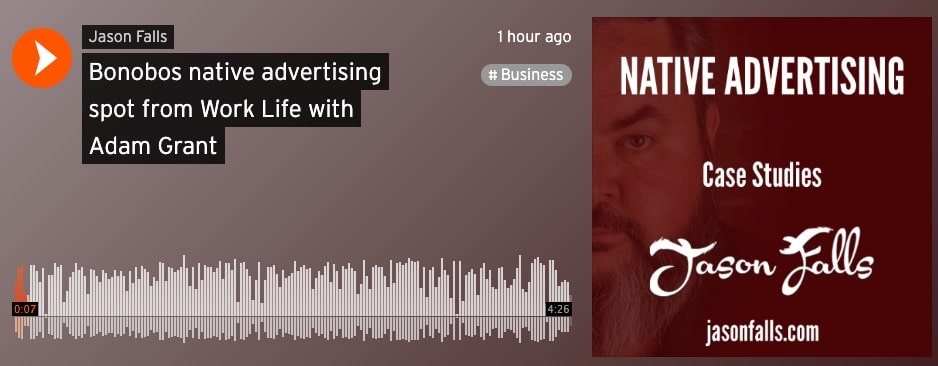The biggest mistake brands tend to make when leveraging native advertising is they don’t “get” the native part of it. They just see it as another form of advertising. And it’s not just brands. It’s people in the industry in general, including agency folks.
Not too long ago, in fact, one of our clients at Cornett was placing a native advertisement in a consumer magazine. The placement was supposed to look and feel like an editorial page in the magazine. We got the look right, but when the copy was sent to me to make sure it was a good effort at native advertising, it failed the test. The copywriter had written 500 words of ad copy. It was all about product features and benefits and written like a sales flyer.
So I rewrote it and sent it to him as a suggestion on how to make it more of a fit. His response was, “Oh … so write it like I’m a journalist covering the brand, not someone writing and ad for it?” Bingo! At least in that context. We were inserting our own “journalism” into this media outlet’s editorial with the hope of it appearing to be editorial from the magazine. So we had to write it like their writers would.
(Don’t be alarmed. It was clearly marked as an advertisement/sponsored content and we weren’t trying to dupe anyone. It was a viable paid option for that outlet, so put the high horse back in the barn.)
The response the client received from the piece was quite positive. And much greater in volume than any traditional ad.
As I’ve started listening to more podcasts, I’ve noticed valiant attempts at native advertising from brands who are forced into a more audience-centric approach by the respective podcast or host. Most of them fall flat, but the insistent (and more influential) hosts force their sponsor’s hands and make them produce good native advertising. Here’s a great example from Work Life with Adam Grant, one of my favorite podcasts:
I clipped out that Bonobos ad from a recent episode tailor made for my audience. It was on dealing with assholes. Click here to listen to the whole show.
What I love about this example of native advertising is that it told me a story, it hooked my emotions, it wasn’t really about Bonobos, but it delivered a conclusion that I should love them and shop from them. It even included a call-to-action with a benefit for me, just for listening in a 20% off code.
Alas, Bonobos doesn’t make clothes for people my size. But I still love them. All because they worked with Adam Grant and his team to create a great example of a native advertisement.
How Should You Approach Native Advertising?
As we’ve discussed before, sometimes your goals make native advertising less than ideal. But, if your company or clients have the opportunity to sponsor a podcast with live reads or participate in sponsored posts or advertorial type content in print or online, or you even get into opportunities for native advertising in video, here are some high-level things to keep in mind:
Tell A Story
No one wants to hear a list of how great you are or what your product can do, especially if they’re expecting the type of content they came there for. Find a narrative to share about someone finding success in using your product or service, or dealing with your company. Perhaps you can share how great your customer service is because you have great people. Tell their stories.
Make it About Them
The biggest turn off in advertisements is when they are all focused on the product or service. Make your story about the customer or people like the customer or at least some one or some thing they can relate to. We identify with and connect to people like us, not products we use.
Respect Their Intelligence
If you tell a story about people, especially one with an emotional hook, you might find it hard to incorporate your product or service. But you don’t have to. Your audience isn’t stupid. And if you tell a great story — especially one that illustrates just the broad idea that you or your employees are great people to deal with or are people we can trust — they’ll intuitively know the point here is for them to consider doing business for you.
Reward their Attention
Calls to action can often kill a native advertisement because it then becomes a sale. But if your story has done a good job of hooking them to know, like and trust you, they’ll welcome it because they should be thinking, “Wow. Where do I go to consider doing business with these folks?” So give them at least a, “Find us online at www.companyname.com.”
What are Your Favorite Examples?
I would love to collect examples of strong native advertising examples from all of you. Jump in the comments or send me a link on the social networks to examples you have seen or heard that meet the framework of what you consider good. And sure, send me your own or those of your clients. I would love to share them with others and perhaps even collect a list to inspire us all.

